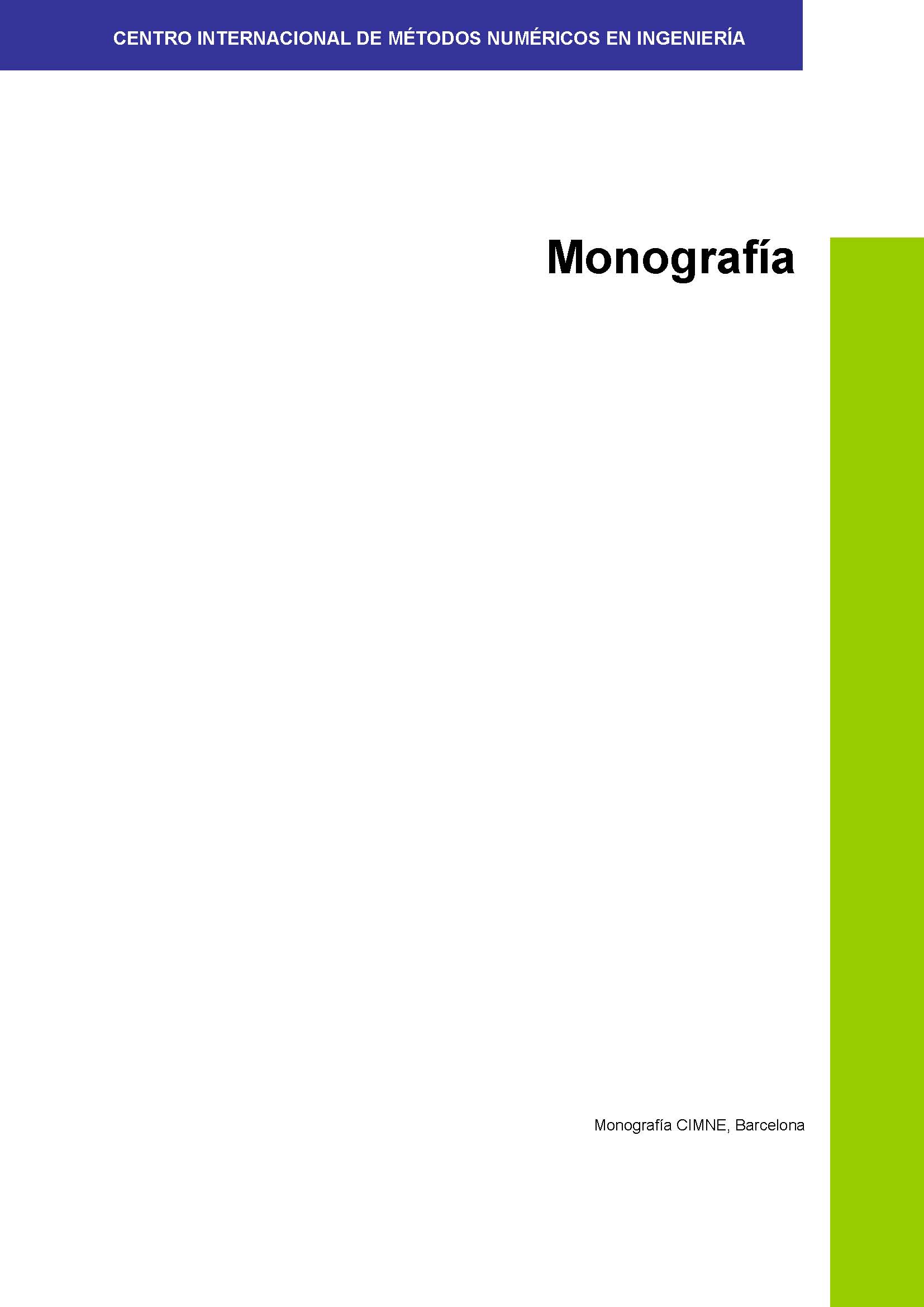An Isotropic Damage Model for Geomaterials in the Kratos Framework
FREE!
ISBN: 978-84-943307-8-0
Editorial: CIMNE
Year of publication: 2015
Pages: 127
Index: Introduction and Objectives, Damage Mechanics; Numerical Implementation ; Examples
ISBN: 978-84-943307-8-0
Editorial: CIMNE
Year of publication: 2015
Pages: 127
Index: Introduction and Objectives, Damage Mechanics; Numerical Implementation ; Examples
Description
Progressive fracture in quasi-brittle materials such as concrete, rocks, soils, is often treated as strain softening in continuum damage mechanics. Such constitutive relations favour spurious strain localization and ill-posedness of boundary value problems, and call for some kind of regularization. In the present work, two different approaches are presented: a partially regularized local damage model that adjusts the softening part of a stress-strain law depending on the size of the element, and a fully regularized non-local damage model that introduces the characteristic length as an additional material parameter controlling the size of the fracture process zone. In addition, the strain softening of such models usually results in highly complex structural responses, including the snap-back type, and thus in this work we will be discussing non-linearity associated to damage modelling, and a global arc-length method for tracing the equilibrium path will be exposed. Furthermore, in the context of non-local damage models it is crucial to work with fine spatial discretizations at the damage progress zone, so that elements are smaller than the characteristic length. In this regard, a meshadaptive technique has been implemented with the purpose of enhancing the efficiency of the numerical analysis. Finally, two classical examples, the three-point bending test, and the single-edge notched beam test, are performed in order to analyse the mesh objectivity of the implemented integral-type non-local damage model, and assess the strengths and limitations of the mesh-adaptive procedure. Keywords: quasi-brittle materials, continuum damage mechanics, material non-linearity, non-local damage models, mesh-adaptivity

